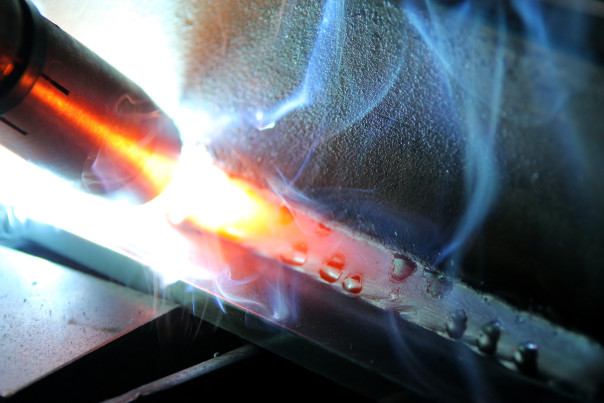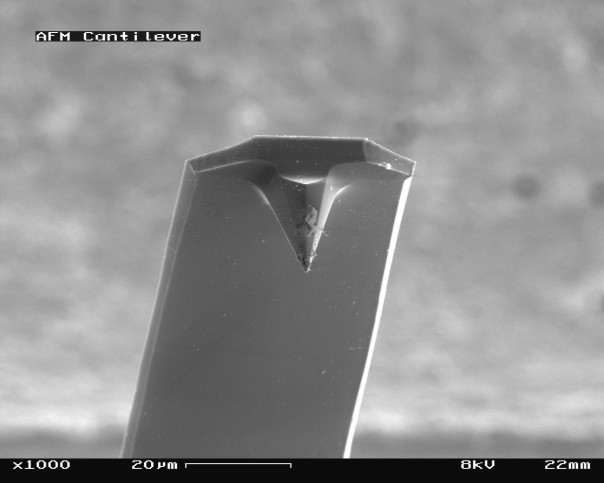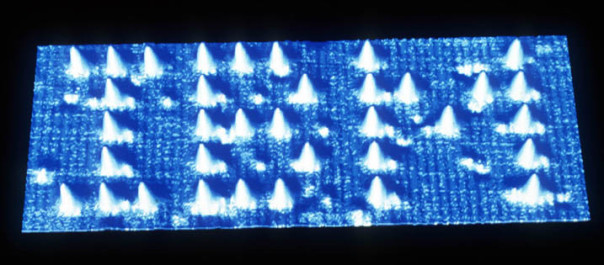There is an understandable tendency to believe that all names work like your own, but this isn’t the case. I can’t hope to cover all the minutiae of naming in different countries and cultures, so this article is, at best, a collection of interesting facts about names in different cultures.
To make this post easier to understand I’ll be sticking to some simple terminology: the first name is the name that is written first when the name is written down, and the second name is the name that is written second when the name is written down.
In the “Western system” the first name is a given name, and the second name is a family name (AKA a “surname”). People are also frequently given a second given name, which is placed in between the first and second names (i.e. a middle name). In the “Eastern system” the order is reversed, so the family name is the first name and the given name is the second name. For example, the President of China is Xi Jinping and is referred to as “Mr Xi”, and his daughter is Xi Mingze and is referred to as “Ms Xi”. To avoid confusion, in lists where both Western and Eastern system names appear, it is common to capitalise the name that should be used formally.* It is also common for Eastern system names that do not use the Latin alphabet to be converted to the Western order when the name is transliterated. For example, the Prime Minister of Japan is Shinzō Abe, where “Abe” is the family name and comes first when written in Japanese.
In a large number of countries, when a man and woman are married, the woman takes the man’s family name. Thus if Jane Doe marries John Smith, she becomes Jane Smith. Sometimes the family names are joined or “double-barrelled”, so Jane Doe and John Smith could become Jane and John Smith-Doe, or Jane and John Doe-Smith. In many Spanish and Latin American countries double-barrelled family names are obligatory, and children take the first of each of their parents’ family names. The President of Spain, Mariano Rajoy Brey and his wife, Elvira Fernández Balboa, have two children: Mariano and Juan Rajoy Fernández. In practice, most use only their first family name, so names are patrilinear as with most other countries.
Patronymic and matronymic second names take themselves from the name of the father and mother respectively, and women generally do not change their names when they are married. Perhaps the most well-known example of a qpatronymic name system are Icelandic names, where sons and daughters take a different second name to their parents (i.e. they do not continue-on a “family name”). For example, if a man named Jón (the most common Icelandic first name) had a son, Sigurður, and a daughter, Guðrún, they would take the names “Sigurður Jónsson” (literally “Sigurður, Jón’s son”) and “Guðrún Jónsdottir” (“Guðrún, Jón’s daughter”) respectively. Phonebooks in Iceland list people alphabetically by first name, and people are usually addressed formally by their first name (so the siblings above would never be introduced as “Mr Jónsson” or “Ms Jónsson”). Within in a large family there will therefore be a wide range of second names, and this occasionally causes trouble for Icelanders in foreign countries where people expect children to have the same second name as their parents. The other Nordic/Scandinavian countries, who used to use the same naming system, have generally moved away from it, but in those countries there are a smaller number of surnames and people are often referred to by both their first and second given (middle) names.
In some Eastern Slavic countries (Russia, Belarus, Ukraine, Macedonia, Bulgaria and Kazakhstan) a patronymic name is usually used as a middle name. In Russian, Abram, the son of Anatoly Ivanov, would have the full name Abram Anatolyevich Ivanov, and Anatoly’s daughter Darya would be Darya Anatolyevna Ivanov. In at least Russian, Ukraine and Belarus a person must have three names, including a patronymic.
Arabic names do not follow a given name and family name, or first name and second name system. Rather they indicate the heritage of a person and that person’s hoped-for characteristics. For example, the ruler of Dubai is Mohammed bin Rashid Al Maktoum. “Mohammed” is a religious given name literally meaning “praised”, “bin” is the colloquial form of “ibn” meaning “son of”, “Rashid” is his father’s (Rashid bin Saeed Al Maktoum) given name (meaning “integrity”) and “Al Maktoum” is the “House of Maktoum”, a de-facto family name. Some Arabic names are very long and contain a miniature family history with lots of “bin”s.
* For example, the leaders of the G22 countries are: Stephen HARPER, François HOLLANDE, Angela MERKEL, Pietro GRASSO, Shinzō ABE, Vladimir PUTIN, David CAMERON, Barack OBAMA, Cristina FERNÁNDEZ DE KIRCHNER, Tony ABBOTT, Dilma ROUSSEFF, XI Jinping, LEUNG Chun-ying, Pranab MUKHERJEE, Joko WIDODO, NAJIB Razak (“Najib” is the given name, and “Razak” is a patronym), Enrique PEÑA NIETO, Bronisław KOMOROWSKI, Tony TAN, Jacob ZUMA, PARK Geun-hye and PRAYUT Chan-ocha (Chan-ocha is the family name, but according to Thai custom he is referred to by his given name).



